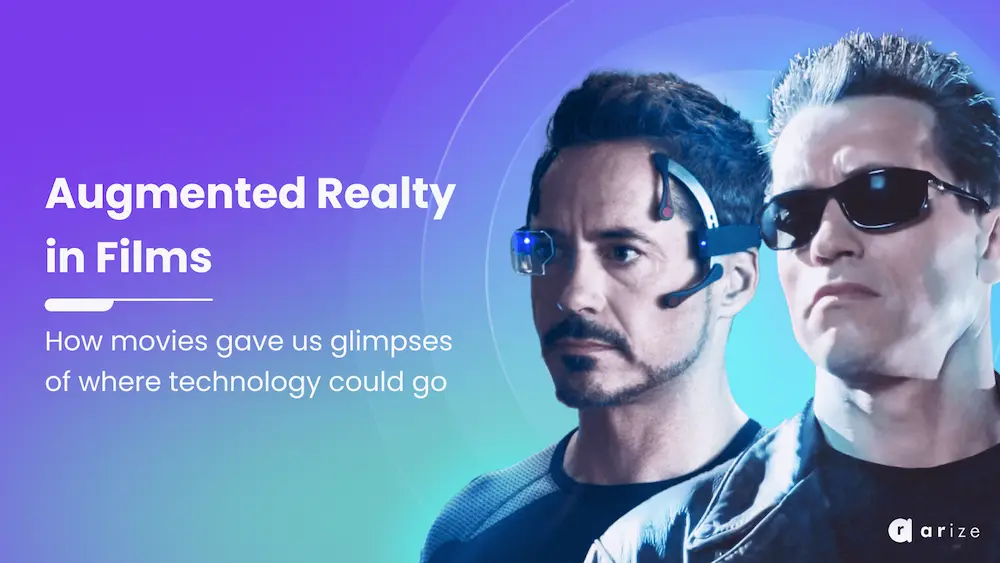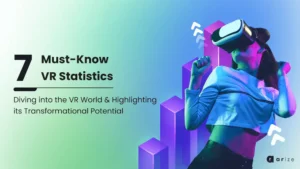Science fiction has been a massive catalyst for modern technology throughout human history. While its stories and characters have motivated countless people to pursue careers in the tech sector, its ideas have inspired a lot of things that we enjoy today. Concepts like cloning, mobile phones, and cloud computing began as science fiction ideas. The same goes for augmented reality. AR and VR have shown up in various situations, especially in film. Movies like TRON, Ready Player One, and They Live have shown us where the technology may go from future game settings to horrific dystopian realities.
Hollywood has a special love for augmented and virtual realities. Here are a few well-known examples of AR tech used throughout film history!
Terminator
This is a very early example of augmented reality in cinema, and it’s a very subtle one. In 1986’s Terminator, the T-100 has a Heads-Up Display (HUD) that provides him with a whole host of data. (played famously by Arnold Schwarzenegger). He has everything he needs to survey a situation, from location information and threat awareness levels to target identification data.
During this era, HUD displays became very popular in movies, with other feature films like Robocop and Top Gun also featuring them prominently in their stories.
This kind of technology has become commonplace in real life with the creation of Microsoft HoloLens or Google Lens. While the technology doesn’t provide as expansive a list of data as the films show, contextual data overlays have become helpful for companies in plenty of industries.
What was once a novel sci-fi concept has now become commonplace in today’s world.
Minority Report
At its release, this film was a game changer in depicting immersive data visualization and its integration into society.
The now iconic scene of Tom Cruise navigating vast amounts of data with AR-based hand recognition and finger tracking showed the world what was possible with the right combination of UI and hardware.
The film’s director, Stephen Spielberg, consulted with tech experts to ensure his portrayals of technology were as realistic as possible. As a result, several different technologies are shown in the film, such as eye scanners and multi-touch interfaces. And driverless cars have become a reality quickly.
The remarkable thing is that the film takes place in 2054, yet we have advanced considerably faster!
In Iron Man and subsequent Marvel films, immersive technology is applied innovatively. Complex, real-time data flows viewed in HUD displays were a prominent feature of his tech. While Minority Report’s gesture-driven displays were remarkable for their time, Iron Man took it up by having Tony Stark interact in real-time with £D data displays, giving us a glimpse of what genuinely immersive data experiences can look like.
Iron Man
The film shows how quickly the brain can process vast amounts of data when presented immersively. While such experiences are still around the corner, with the coming of 5G networks and more powerful immersion hardware, we may soon be able to experience the same kind of real-time data overlays that Tony Stark had at his fingertips.
What’s Next?
People are always dreaming up ways of using technology to tackle the challenges of daily life. Whether it originates from the brains of experts in the area or the fictional narrative of a film or television program, whether it becomes a reality ultimately rests on time. Nevertheless, given the current rate of technological innovation, it appears that when we talk about things on screen becoming real-life applications, it’s a matter of when not if.



